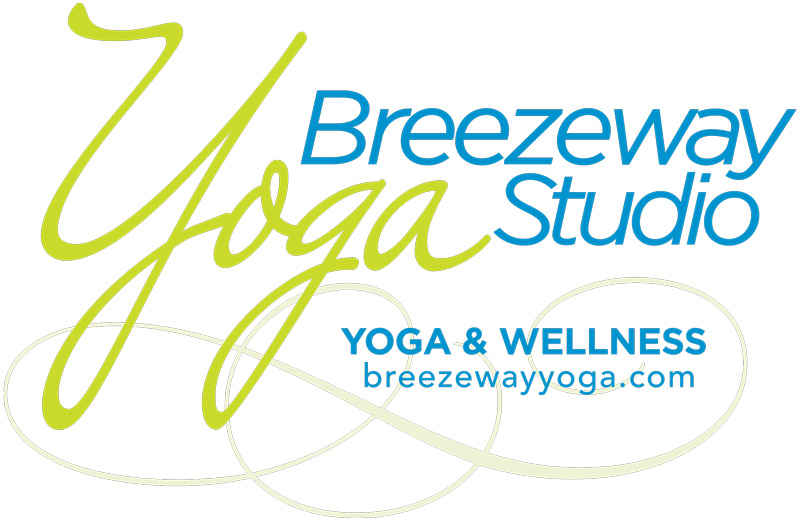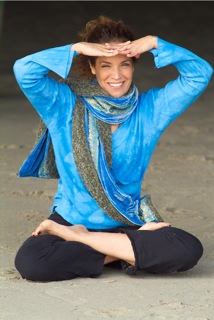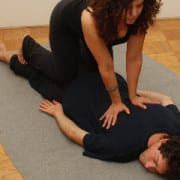Tag: reduce muscle tension
Destress with Yoga
by Linda Knittel | Originally published here in Yoga Journal
 Often, people who take up yoga report that they feel more relaxed almost immediately. And science now says there’s a physiological explanation for that: Yoga can reduce levels of cortisol, the so-called stress hormone.
Often, people who take up yoga report that they feel more relaxed almost immediately. And science now says there’s a physiological explanation for that: Yoga can reduce levels of cortisol, the so-called stress hormone.
In a recent study conducted by Thomas Jefferson Medical College in Philadelphia and the Yoga Research Society, 16 healthy new yogis participated in a 50-minute yoga class every day for seven days. On the day prior to their first class, they were instructed to sit quietly—reading and writing—for 50 minutes.
The subjects’ cortisol levels didn’t change appreciably during the sitting period; they showed just the normal decrease that usually takes place in the late morning. But when the researchers measured the cortisol levels before and after the yoga class—which included postures such as Sarvangasana (Shoulderstand), Salabhasana (Locust Pose), Vrksasana (Tree Pose) and Halasana (Plow Pose)—they discovered a significant decrease after the class.
In the scientific world, results are considered noteworthy only if they can be repeated. This particular study attained a “p value” (a measurement of the probability of attaining the very same outcome in the future) of .001, which means that if the study were performed 100 times, the probability of getting the same result would be 99.9 percent.
The study’s results don’t surprise George Brainard, M.D., a professor of neurology at Thomas Jefferson Medical College. In 1995, he conducted a similar study, which also showed a significant drop in cortisol levels of subjects following asana practice.
“When I did the first study, I was very surprised that a single set of yoga poses could make a significant change in cortisol,” Brainard says. “Now that we have repeated it, we have seen enough promise to consider studying it in challenging situations like chronically ill patients who have abnormally high levels of cortisol, such as those who suffer from depression, type 2 diabetes, Cushing’s disease, and high blood pressure.”
The findings suggest that practicing yoga—even for the very first time—can normalize cortisol levels that are either too high or too low, says Vijayendra Pratap, Ph.D., president of the Yoga Research Society in Philadelphia. “My hypothesis,” he adds, “is that yoga brings the body to balance.”
Exactly how it does this is still not clear. But Jennifer Johnston, yoga director and research clinician at the Mind Body Medical Institute in Boston has a theory. “The deep breathing we do in yoga elicits something called ‘the relaxation response,’ which invokes the restorative functions of the body,” Johnston says. “Yogic practices also help to reduce muscle tension and deactivate the stress response.”
So in addition to renewing your mind and spirit, yoga has now been proven to provide real benefits for your body. No longer do the everyday stressors of deadlines, a hectic schedule, and other pressures have to wear you down. Simply stop at the nearest yoga studio and let your tension decrease along with your cortisol.
Linda Knittel is a nutritional anthropologist and freelance writer in Portland. She is the author of The Soy Sensation.


